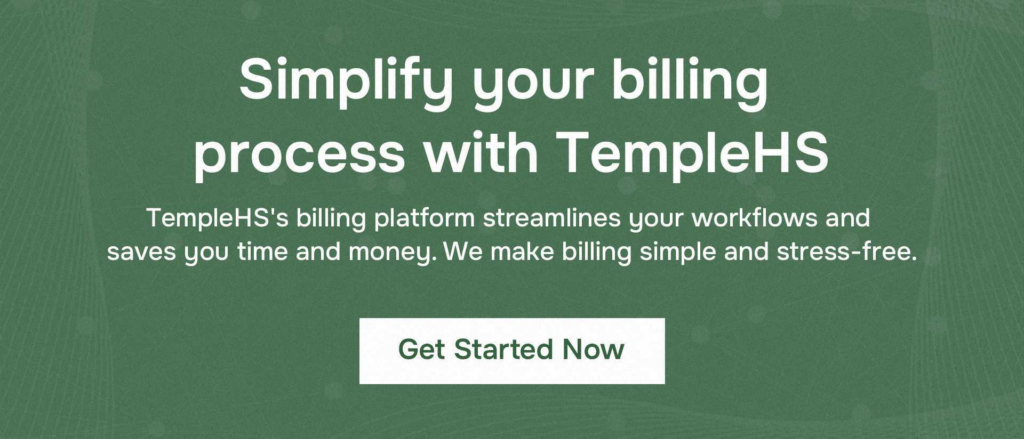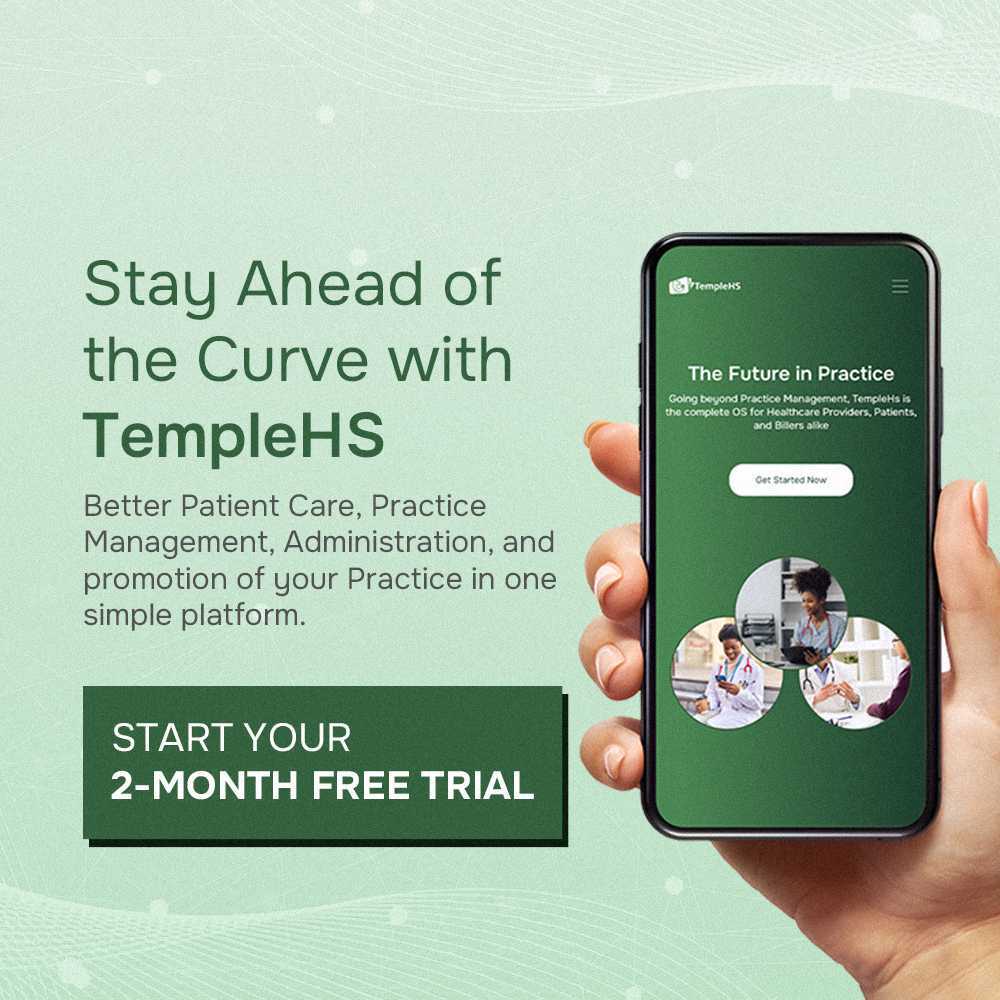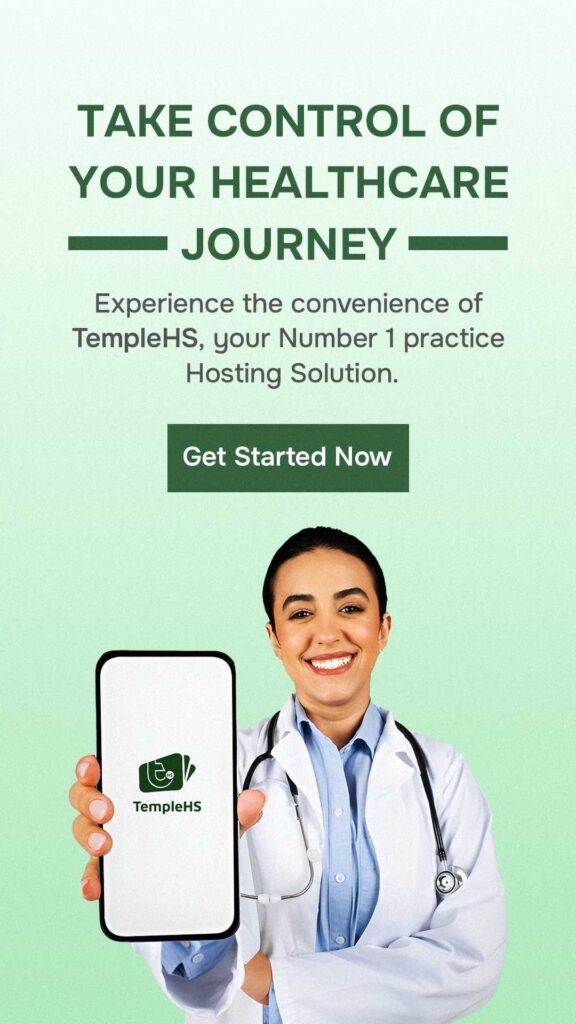Balancing top-quality patient care with financial efficiency is a key challenge for medical practices today. With healthcare costs rising, finding ways to cut expenses without compromising care quality becomes crucial. This post offers practical, innovative strategies for streamlining operations and reducing unnecessary expenses in a medical practice.
Embracing technology, rethinking supply management, and other methods are explored, aiming to trim costs while potentially enhancing patient experiences and outcomes. Discover how these cost-cutting measures can maintain the crucial role of medical practices in our communities.
How to Cut Costs in A Medical Practice
1. Streamline Administrative Processes
The implementation of Electronic Health Records (EHR) is crucial in modern medical practices. EHR systems allow for the digitalization of patient records, enabling easier access and organization. This reduces the time spent on paperwork and improves efficiency in tracking patient history, test results, and treatments. Additionally, EHRs can improve communication between different healthcare providers, ensuring coordinated care for patients.
Automating appointment scheduling and reminders is another effective strategy. By using software that allows patients to book, reschedule, or cancel appointments online, practices can reduce the workload on administrative staff. Automated reminders via text, email, or phone calls can significantly decrease the number of no-shows, optimizing the practice’s schedule and revenue.
Online patient portals are vital for enhancing patient engagement and reducing administrative tasks. These portals provide patients with direct access to their health information, prescription refill requests, appointment scheduling, and secure messaging with healthcare providers. TempleHS can assist practitioners in seamlessly integrating these solutions to enhance efficiency, patient engagement, and overall practice management.
2. Optimize Staffing
Optimizing staffing in a medical practice involves careful analysis of staffing needs and schedules. This ensures that the practice has the right number of staff at the right times, avoiding both understaffing, which can affect patient care, and overstaffing, which can inflate costs. Effective scheduling can also balance workloads, prevent staff burnout, and improve job satisfaction.
Cross-training staff to perform multiple roles is another efficient approach. This flexibility allows the practice to adapt to varying demands without the need to hire additional personnel. For instance, administrative staff can be trained to assist with basic clinical tasks during peak hours or when the practice is short-staffed.
Outsourcing non-core functions like billing, coding, or IT services can be beneficial. It allows the practice to focus on its core function – patient care, while specialists handle these complex and time-consuming tasks. This not only saves time but can also reduce errors and improve compliance with regulations.
3. Negotiate with Suppliers
Negotiating with suppliers for medical supplies and equipment is essential to control costs. Regular review and negotiation of contracts can secure more favorable terms, such as discounts for bulk purchases or more flexible payment terms. Establishing a good relationship with suppliers can also lead to better service and support.
Joining a Group Purchasing Organization (GPO) can provide significant cost advantages. GPOs leverage the collective purchasing power of their members to negotiate better prices with suppliers than individual practices could achieve on their own. This can lead to substantial savings on medical supplies and equipment.
4. Reduce Inventory Costs
Implementing an inventory management system helps in tracking and controlling medical supplies effectively. This system can provide real-time data on inventory levels, reducing the instances of overordering or stockouts. Efficient inventory management ensures that the practice has the necessary supplies without tying up too much capital in inventory.
Ordering supplies in bulk can reduce costs but requires careful management to avoid overstocking, which can lead to waste, especially with perishable items. Practices should balance the need for bulk discounts with the risk of excess inventory that may expire or become obsolete.
5. Control Utility Expenses
Investing in energy-efficient lighting and equipment can lead to substantial savings in utility expenses over time. Energy-efficient devices consume less power and often require less maintenance, reducing both energy bills and repair costs.
Implementing energy-saving practices, such as turning off equipment when not in use, can also reduce utility expenses. Simple actions like ensuring lights and computers are switched off after hours can accumulate significant savings. Training staff in energy conservation practices is also important in fostering a cost-conscious culture.
6. Review Insurance Contracts
Regularly reviewing payer contracts is essential to ensure the medical practice is receiving appropriate reimbursement for its services. Negotiating better rates or terms can significantly impact the practice’s revenue. Practices should understand the details of their contracts and be proactive in negotiating with insurance companies.
Analyzing billing patterns helps in identifying services that are not being adequately reimbursed. This analysis can reveal opportunities to adjust billing practices or negotiate better terms with payers. Ensuring that the practice is maximizing its reimbursement for the services provided is key to its financial health.
7. Invest in Preventive Maintenance
Regular servicing and maintenance of medical equipment are critical in a medical practice. This preventive approach helps avoid costly repairs or replacements arising from equipment failure. Regular maintenance ensures that medical devices function correctly and safely, reducing the risk of downtime and ensuring consistent patient care.
Maintaining the physical facility is equally important. Regular checks and maintenance of the practice’s infrastructure, like heating and cooling systems, plumbing, and electrical systems, can prevent unexpected repair costs. Well-maintained facilities also contribute to a positive patient experience and can prevent accidents or incidents that could lead to liability issues.
8. Use Technology Wisely
Telemedicine is a powerful tool for reducing overhead costs. It allows healthcare providers to consult with patients remotely, saving on the costs associated with in-person appointments, like space and utilities. Telemedicine can be particularly cost-effective for follow-up consultations and managing chronic conditions.
Investing in technology that improves efficiency and reduces manual labor can significantly impact operating costs. This includes automated patient check-in systems, electronic prescription services, and digital imaging technologies. Such investments can improve workflow efficiency and reduce the need for administrative staff.
9. Focus on Patient Care Efficiency
Streamlining patient flow within the practice is essential to minimize waiting times and increase the number of patients seen. Efficient scheduling, clear signage, and streamlined check-in processes can improve patient flow. Efficient flow not only enhances patient satisfaction but also maximizes the use of practice resources.
Implementing evidence-based guidelines ensures that patient care is both effective and efficient. These guidelines help standardize care processes, reduce treatment variability, and improve patient outcomes. Consistent, high-quality care can also reduce the need for repeat visits or additional treatments.
10. Review and Optimize Billing Processes
Ensuring accurate coding and billing is vital to minimize claim denials and delays. Inaccurate billing can lead to lost revenue and increased administrative costs due to the need for resubmissions and handling denials.
Regular audits of billing processes are important to identify and correct inefficiencies or errors. This can include checking for undercoding, overcoding, and missed charges. Efficient billing processes ensure timely and accurate reimbursement for services rendered.
TempleHS is a comprehensive healthcare software solution that assists practitioners in seamlessly implementing these billing process optimizations. It ensures accurate coding, conducts regular audits, and streamlines billing, ultimately maximizing revenue and reducing administrative burdens.
11. Lease Instead of Buy
Leasing expensive equipment instead of purchasing it outright can be a more cost-effective option for medical practices. Leasing reduces the need for a large upfront investment, allowing practices to spread the cost over time. It also offers the flexibility to upgrade equipment more frequently, ensuring access to the latest technology without the financial burden of purchasing new equipment. Also, lease payments can sometimes offer tax benefits, reducing the overall cost.
Conclusion
Managing a medical practice efficiently while ensuring the highest standards of patient care is a multifaceted challenge. The strategies discussed offer tangible solutions for reducing costs without compromising the quality of care. By implementing these measures, medical practices can not only survive but thrive in the ever-evolving healthcare landscape. It’s important to remember that cost-cutting is not just about saving money; it’s about reallocating resources to patient care.



